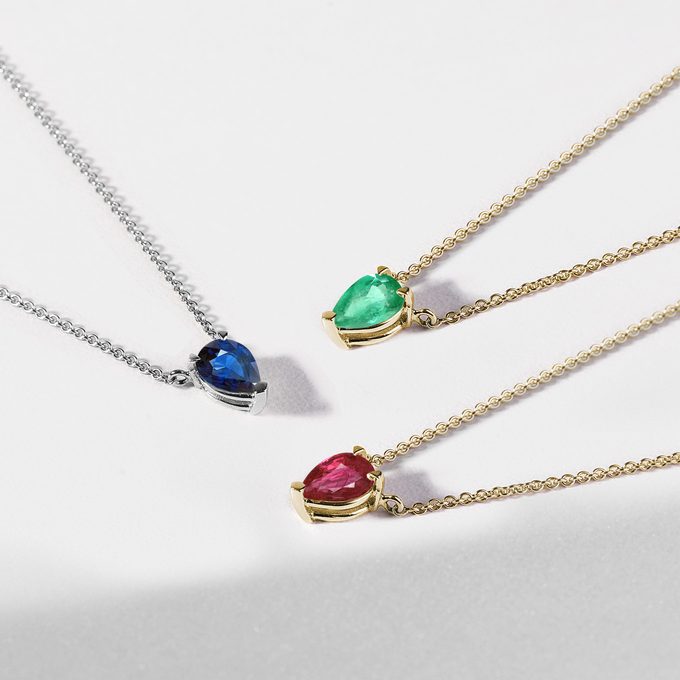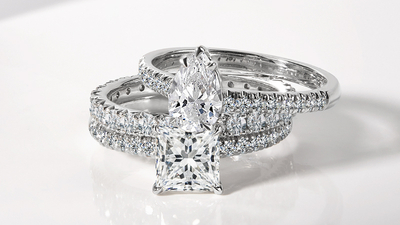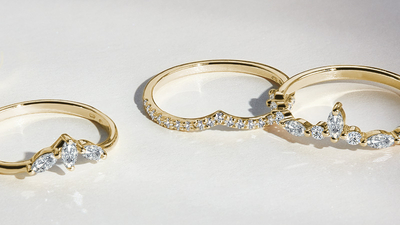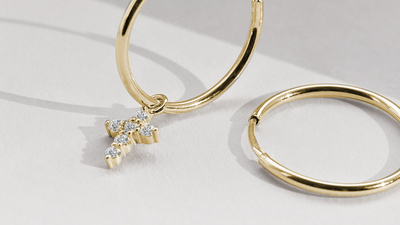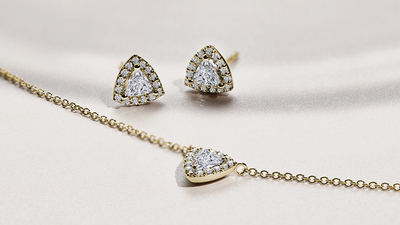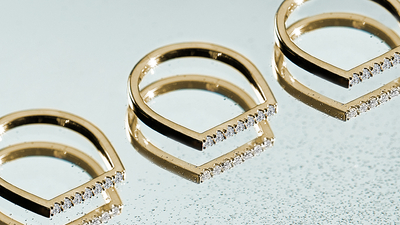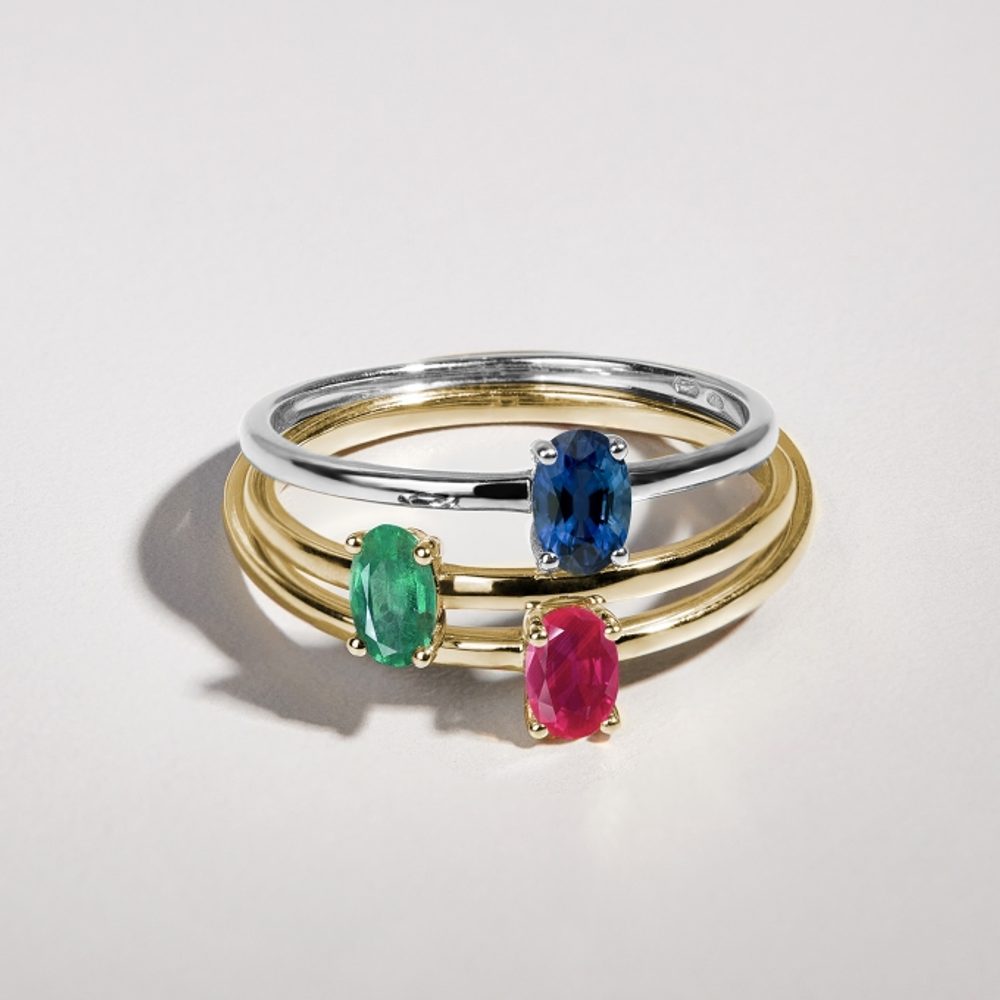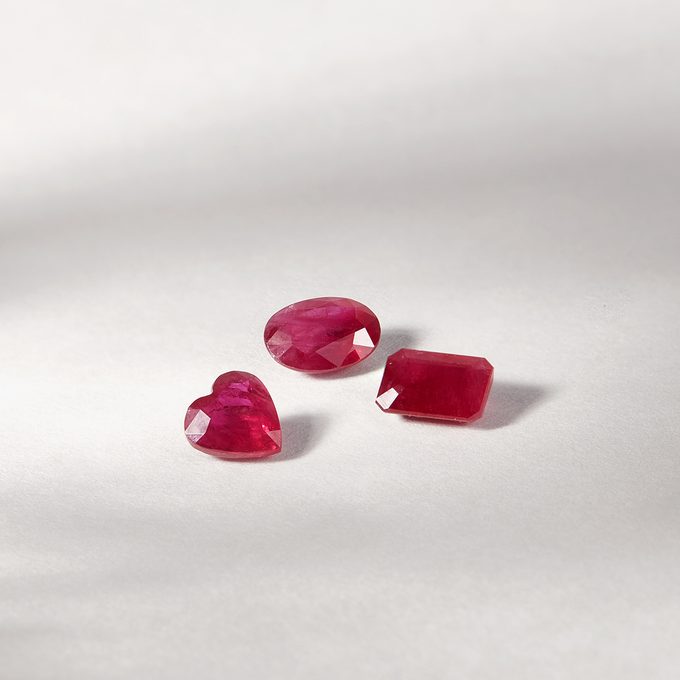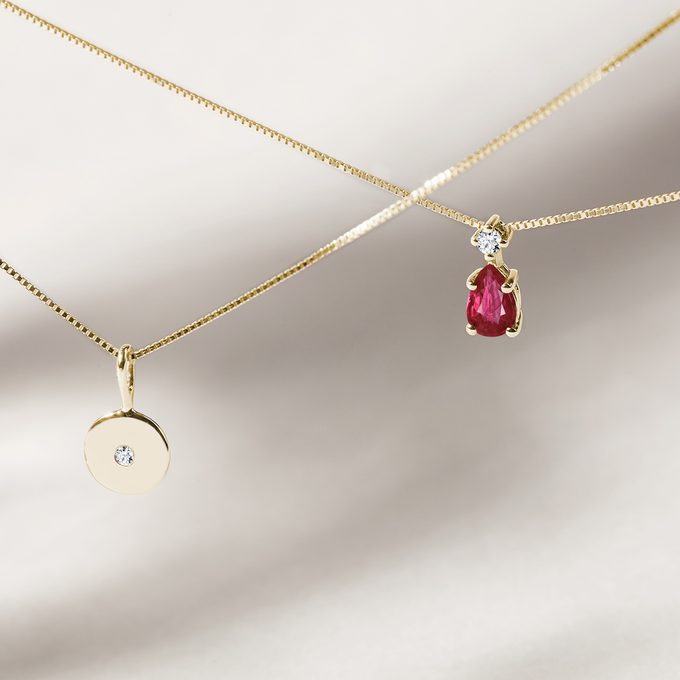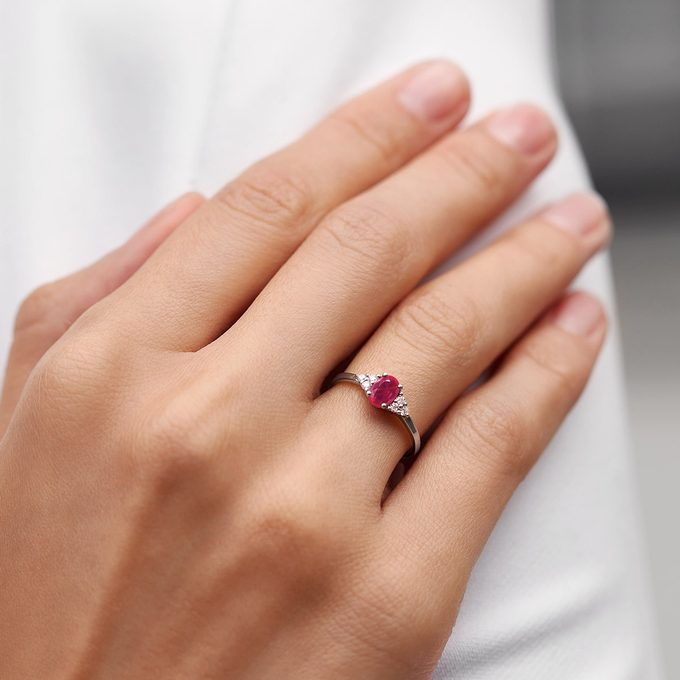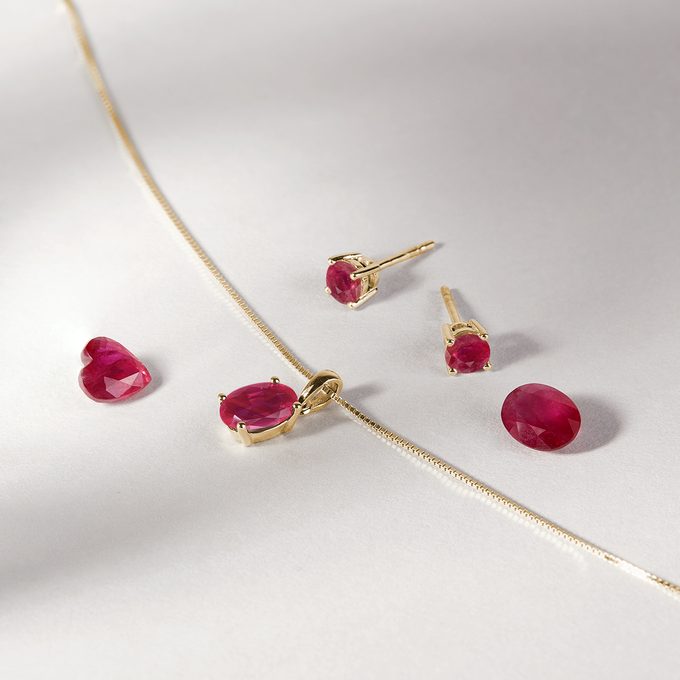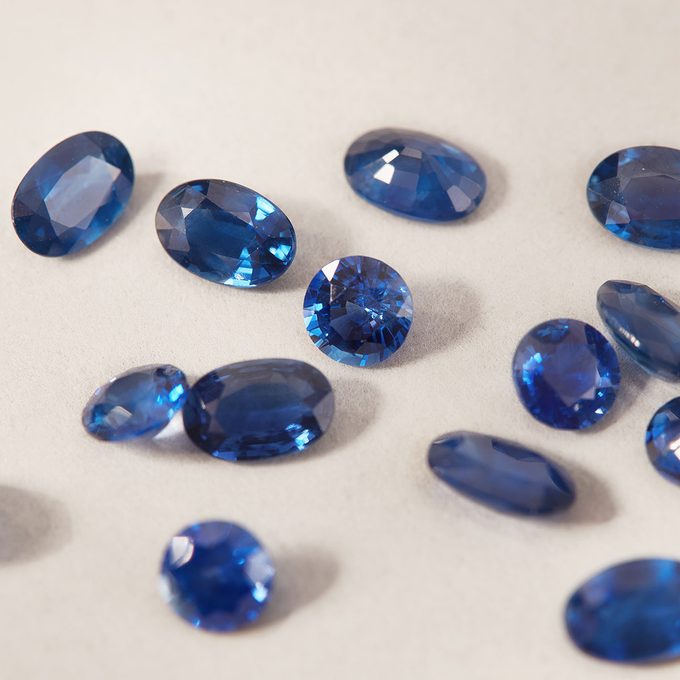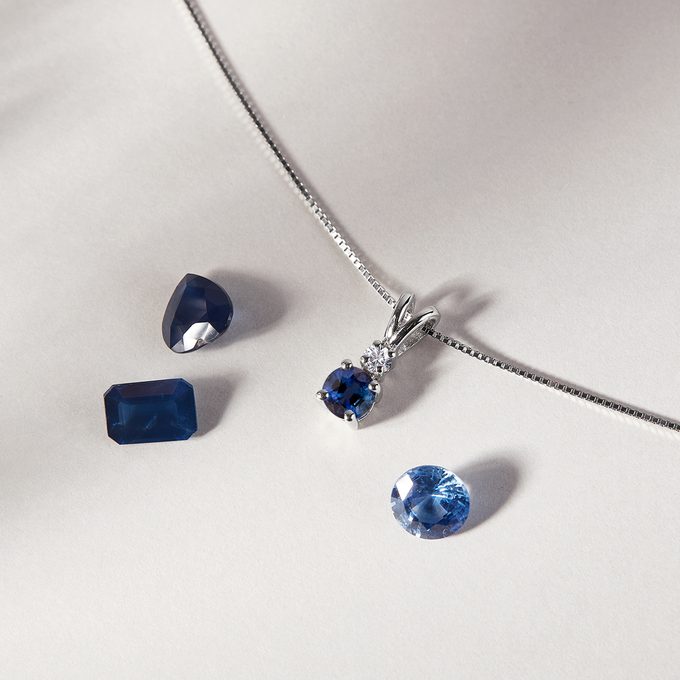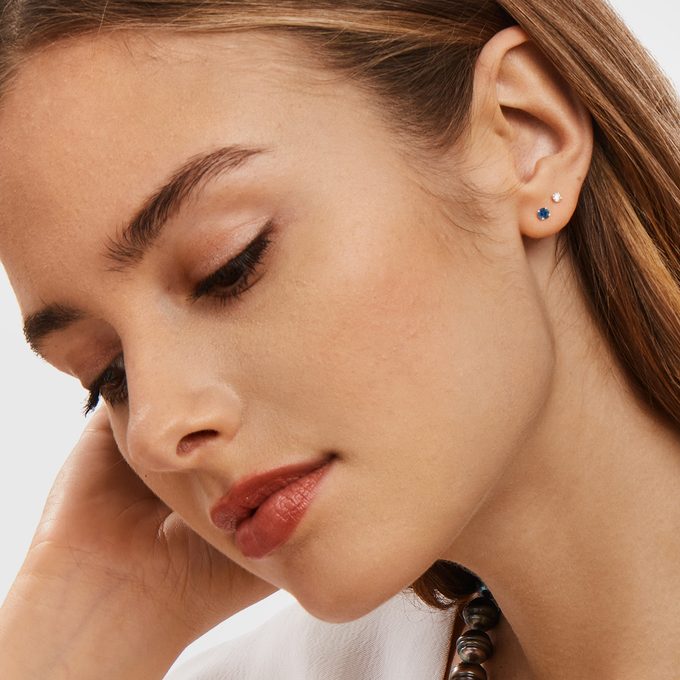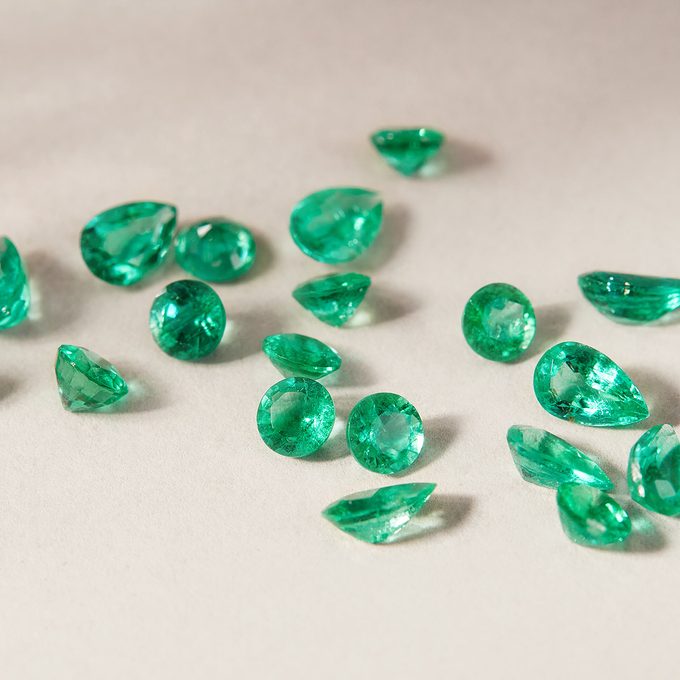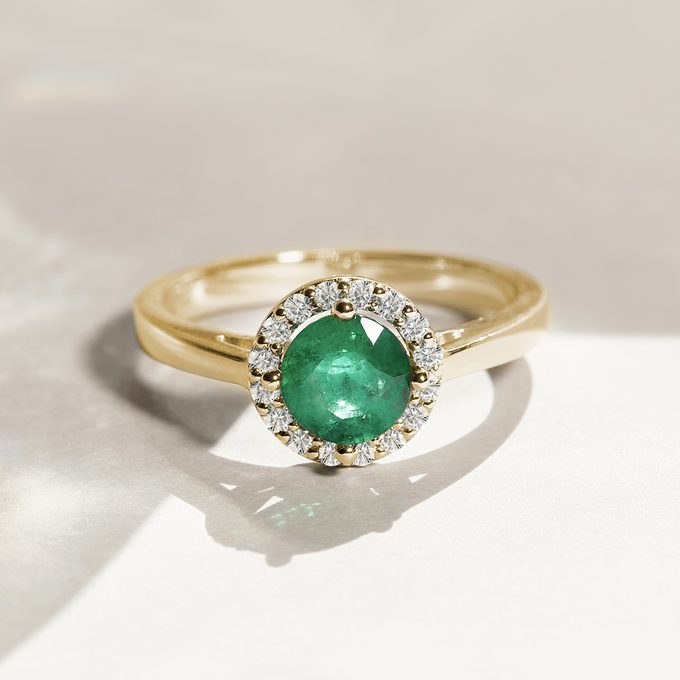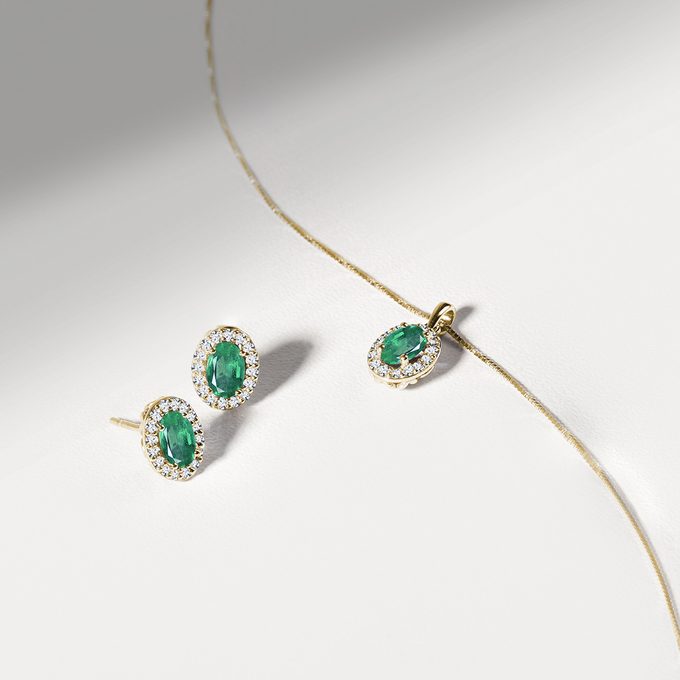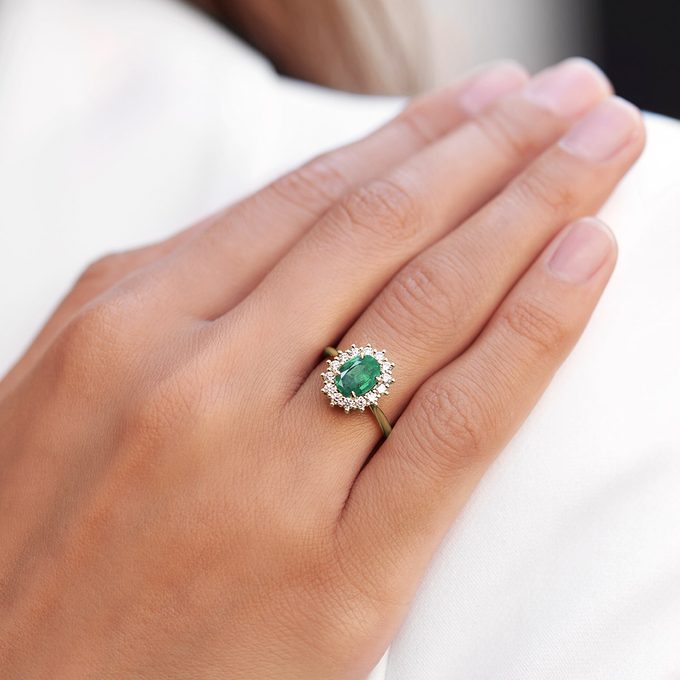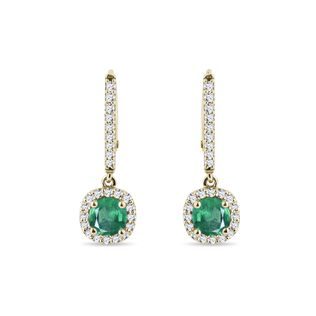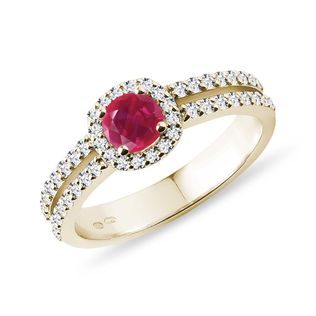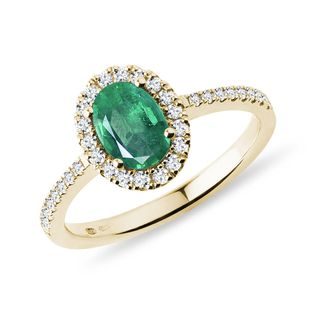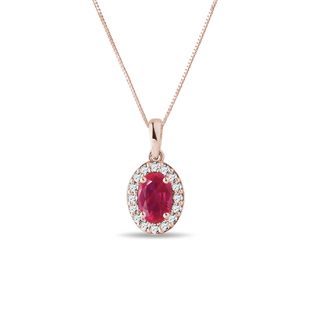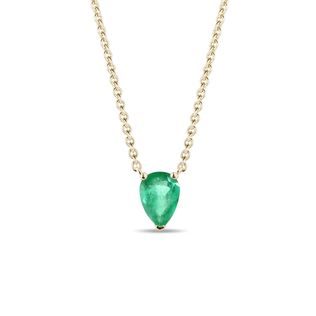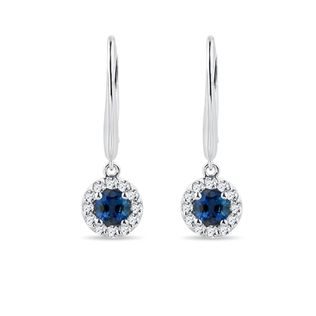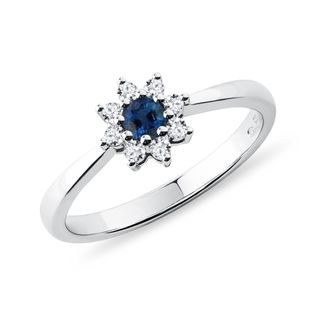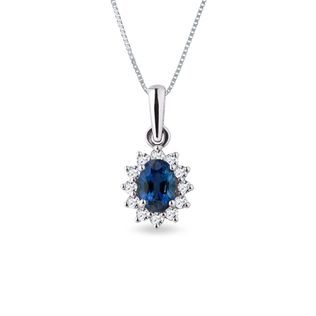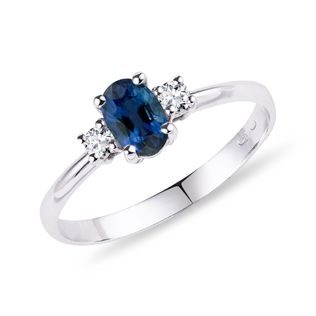Among the most famous and rarest of precious stones are the "big three". As the name suggests, it’s a trio of gemstones: rubies, sapphires and emeralds. They have been known to people since ancient times and they have been used in crown jewels and jewelry all over the world. Their colors and other properties have made them very popular and the highest quality ones can even be worth more than diamonds.
Let's take a closer look at how they differ from each other and how you can tell them apart, what their distinguishing characteristics are, and which one to choose when you're buying jewelry.
Rubies: the crimson stones of kings
The ruby can be considered the most expensive gemstone of this important trio. Just like sapphires, it’s a type of corundum. Chemically speaking, it’s an aluminum oxide and its color is caused by trace elements, especially of chromium. Rubies attract attention due to their characteristic red color and they come in a variety of shades of it from pink to pure red through purple. The most prized and sought-after are 'pigeon blood' rubies – stones with an intense red color and a slight hint of purple but the price of rubies is also influenced by the amount and size of inclusions (the internal imperfections and cracks in the stone).
Among birthstones, rubies fall into the month of July. In many cultures they are associated with nobility, bravery, purity and passion. Their name comes from the Latin word ruber, which means red, and it’s because of their color which symbolizes power that rubies have always been highly prized by rulers. To this day, rubies can be found in the vast majority of crown jewels in the world. Historically, there wasn’t much of a distinction made between rubies, rubellites or spinels and it was the color of the stone that was important; today however, these differences are extremely important.
Color: red with varying amounts of pink or purple. The intensity and saturation of the color sometimes reaches such a degree that the stone appears black. The lighter shades are more pinkish and there is an ambiguous line between what is considered a light-colored ruby as opposed to a pink sapphire.
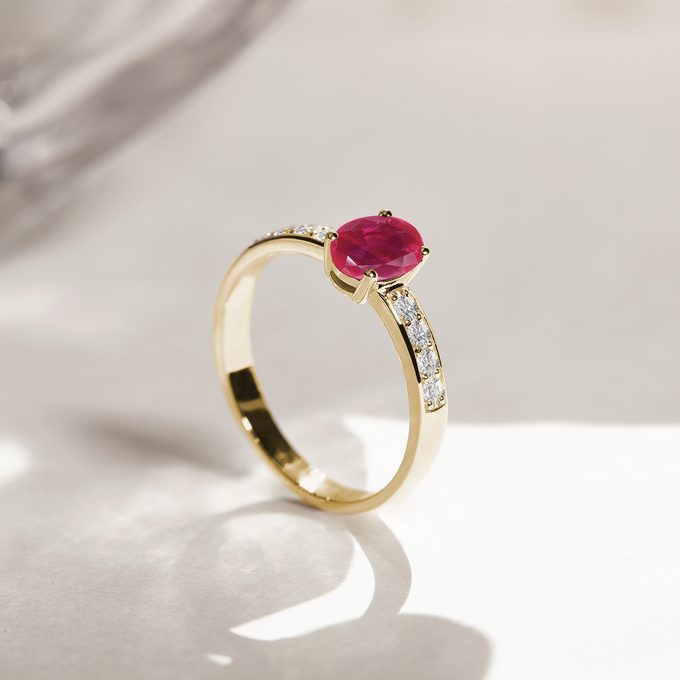
Clarity: rubies without any inclusions at all do exist, but inclusions are quite common. Most often these are mineral inclusions of other minerals (e.g. rutile) or liquid or gaseous inclusions.
Value: generally higher than sapphires and emeralds and some rubies are even more valuable than diamonds of the same size. Their deposits are limited, making rubies very rare, especially those of jewelry quality.
Hardness: 9 on the Mohs scale. Rubies are very hard (only diamonds are harder) and do not cleave so they have a high degree of durability.
Possible substitutes: spinels, pink sapphires, garnets, tourmalines, rubellites.
Deposits: Myanmar, Madagascar, Mozambique, Tanzania, Kashmir, Afghanistan and others.
Care: clean with lukewarm soapy water, ultrasonic cleaning.
Possible treatments: heating to temperatures around 900-1200 °C to improve color and remove some inclusions. This treatment is acceptable and quite common in the jewelry industry. Care should be taken when cracks are filled in with glass, whereby molten glass is poured into lower quality rubies to fill in any inclusions. The stone then appears cleaner and more transparent but its quality and value is lower.
Sapphires: gemstones of many beautiful colors
Although we primarily associate sapphires with their characteristic intense, dark blue color which gives them their name (the Greek word sappheiros is derived from the Hebrew sappire which means blue), they can be found in many other colors. Simply put: apart from red corundums (rubies), all its other color variations are referred to as sapphires. As we mentioned above, the line between light color rubies and dark pink sapphires is not a clear one and even experts often disagree on it. Other popular color variations of sapphires include pink, salmon (these sapphires are called padparadscha), yellow, and white. The rarity and price of sapphires is slightly less than that of rubies, but sapphires are still very rare gemstones. Like rubies, they are also highly durable, it’s also relatively common for them to have inclusions and to undergo temperature treatments to enhance their color.
Sapphires are also found in most crown jewels as well as in lavish, richly set jewels that adorned the nobility of the day. Nowadays, sapphires are more affordable and so ordinary people can also own them. Sapphires however still have a certain aura of refinement and seriousness about them. They are the birthstone of the month of September and they symbolize wisdom as well as virtue and are said to bring good luck. Sapphires also apparently promote honesty and faithfulness.
Color: blue, pink, salmon, orange, greenish or white. The most common color is a deep blue, and popular shades of blue also include navy blue and cornflower blue. Sapphires have one of the deepest blues seen in the gem world and this color is due to the addition of iron in the mineral. There are also colorless sapphires known as leucosapphires that can be used as a natural alternative to diamonds. Very rare sapphires that change color depending on the type and angle of the light that falls on them also exist.
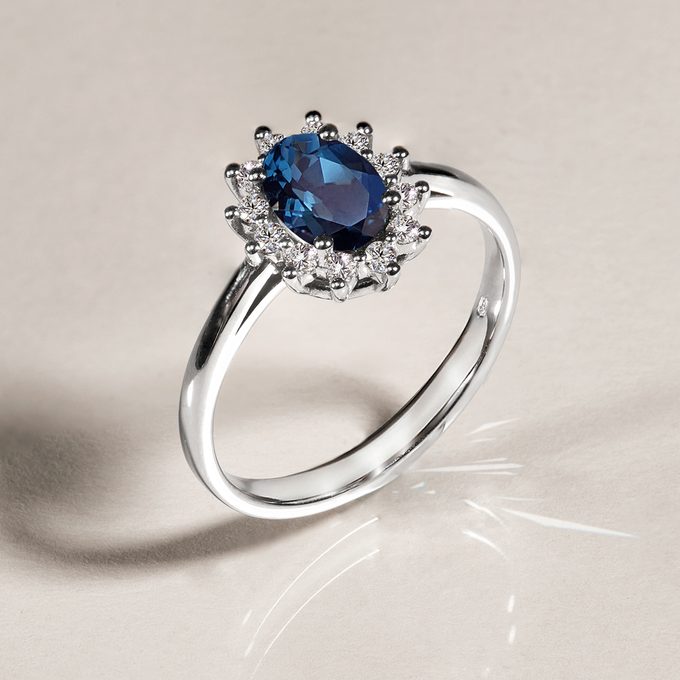
Clarity: perfect sapphires without any inclusions do also exist but inclusions are quite common. Most often these are inclusions of other minerals (e.g. rutile) or liquid or gaseous inclusions. Sapphires without inclusions are more common than rubies without inclusions.
Value: slightly less than rubies and similar to emeralds. The price reflects the size of the stone, the clarity and, most importantly, the color - its intensity and shade. Heat treatment plays a big role in price but it’s quite common for sapphires. Beautiful blue sapphires without any treatment are rare and this is reflected in their price.
Hardness: 9 on the Mohs scale. Like rubies, sapphires are very hard and don’t cleave so they are highly durable.
Possible substitutes: spinels, kyanites, dark aquamarines, tourmalines.
Deposits: Myanmar, Madagascar, Sri Lanka, Tanzania, Kashmir, Australia, Cambodia and others.
Care: clean with lukewarm soapy water, ultrasonic cleaning.
Possible treatments: heating to temperatures of approx. 900-1200 °C to improve color and to remove some inclusions. This treatment is acceptable and quite common in the jewelry industry. Other treatments are somewhat rare.
Emeralds: a green wonder
Emeralds are characterized by a beautiful green color that you won’t find in any other stone. They are a variety of beryl and contain mainly beryllium, aluminum and oxygen. Their mineral “relatives” are light blue aquamarines or soft pink morganites among others. With emeralds, it’s important to remember that each stone is an original and no emerald is perfect, without any inclusions. It is perfectly fine for it to have internal inclusions and impurities – it’s part of the stone’s unique charm. Emeralds often contain cracks and inclusions with gas, liquid and sometimes salt. For this reason, they are infused with oil. This treatment which is quite common in the jewelry industry improves their transparency and, to some extent, their color.
Emeralds were a favorite of Cleopatra and were probably mined in Egypt itself at that time. Slightly more newer are the surviving finds of emeralds in India and Austria. Today's name emerald comes from the French émeraude (or Greek smaragdos) which means "green stone" and the word emerald was probably first used in the 14th century.
Emeralds are the birthstone of the month of May and are traditional gifts for 20th, 35th and 55th wedding anniversaries. In various cultures they symbolize friendship, loyalty, love and a connection to nature.
Color: green. A rare shade of it which is a unique blend of green and blue. No other stone can completely take its place in terms of the color, which is caused by the addition of chromium in the structure of the stone.
Clarity: inclusions are always present, whether in the form of minerals or enclosures containing gas, liquid or salt crystals.
Value: high - per carat it can be even higher than that of diamonds. Emeralds are highly sought after worldwide. An interesting rarity among gemstones is the fact that the purity of emeralds does not affect the price of the stones themselves. Value is mainly determined by the size of the stone and its color. The location where the stone was mined may also have some influence on its price. Emeralds from Colombia are the most desirable and the most expensive.
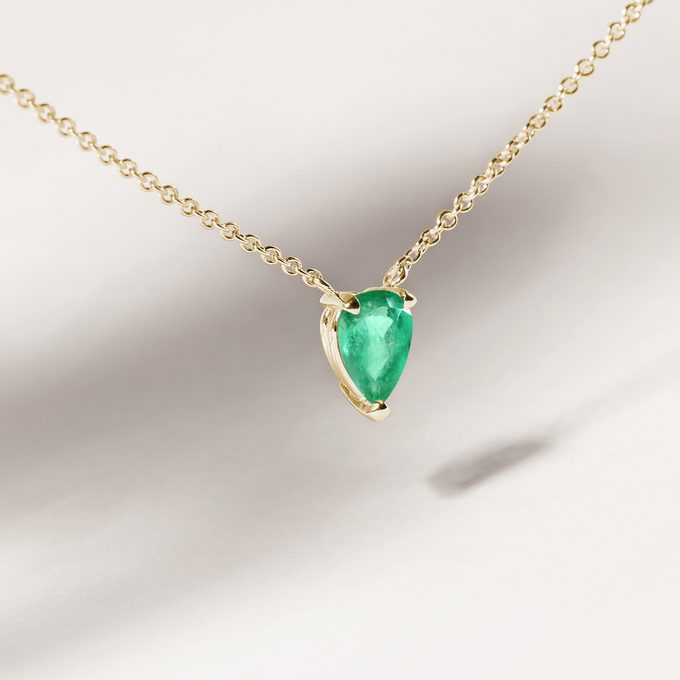
Hardness: 7.5-8 on the Mohs scale. Emeralds are less durable than sapphires and rubies. They are slightly harder than quartz, but due to the inclusions and the structure of the mineral, they are very fragile and sensitive to knocks, pressure and temperature shocks.
Possible substitutes: tsavorites, demantoids, tourmalines, green beryls, aventurines.
Deposits: Colombia, Brazil, Zambia, Afghanistan, Russia and Madagascar.
Care: clean with a dry or very slightly damp cloth. Due to its fragility, emeralds don’t do well with daily wear. They should be handled with care. In the event of severe cracking, emeralds can be "repaired" by dipping them in oil or resin. This will fill in the cracks and make the stone look more whole. You can also do this treatment on your own at home.
Possible treatments: impregnating the stone with a special oil. This treatment is stable until the emerald is exposed to a degreasing environment such as soapy water or an ultrasonic cleaner. After that, all the oil disappears, the cracks become more pronounced and the quality of the stone drops sharply.
When viewed from many different perspectives, rubies, sapphires and emeralds are unique stones. They have a wonderful history and they will continue to grow in price and popularity in the future but which one of these gemstones to choose should be based mainly on personal tastes. Whether you’re enchanted by their unique color, or you are inspired by a birth date or some deeper symbolism, a piece of jewelry with one of these “big three” gemstones in it is an enchanting accessory that will highlight your uniqueness and creativity.
